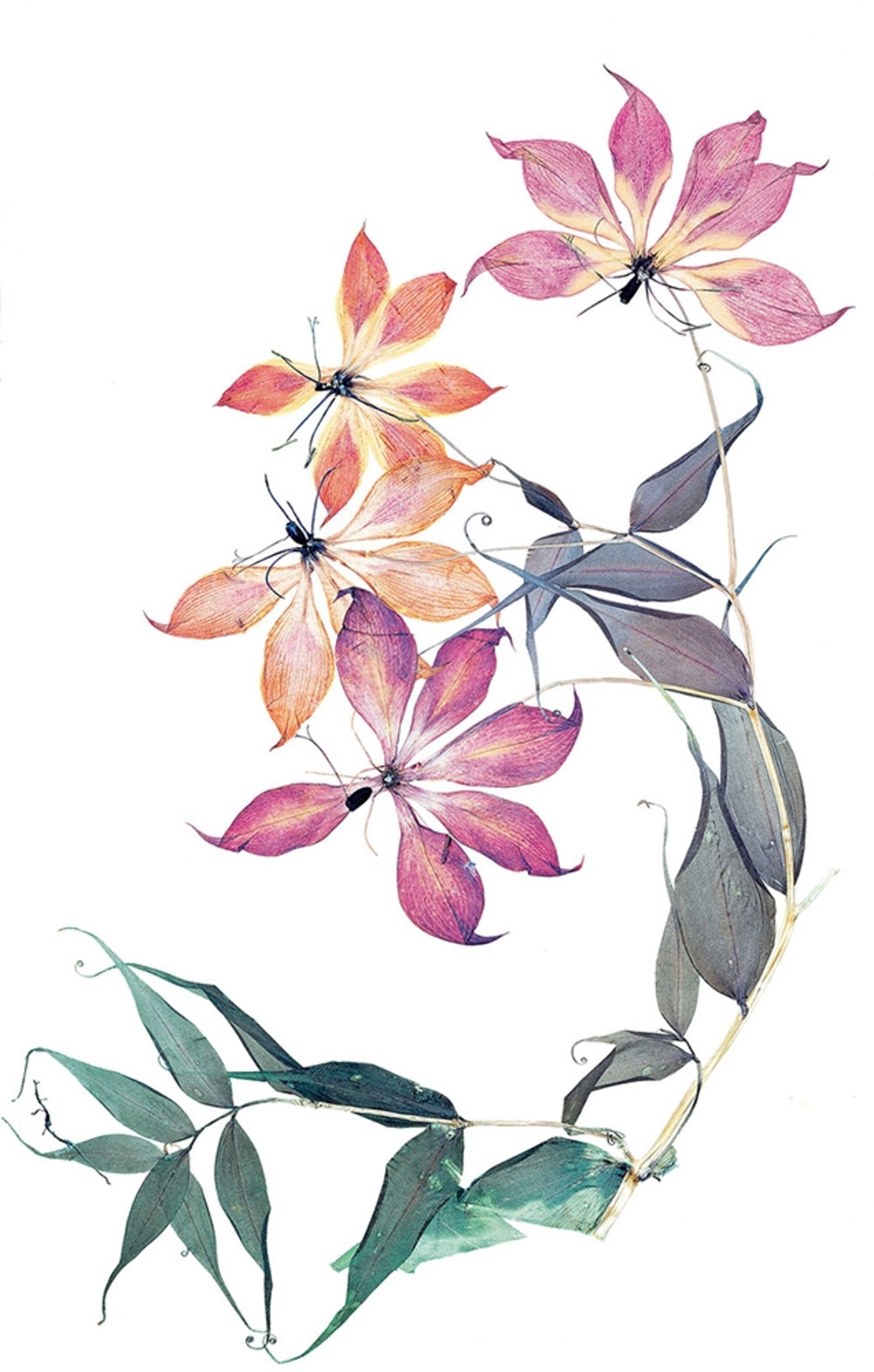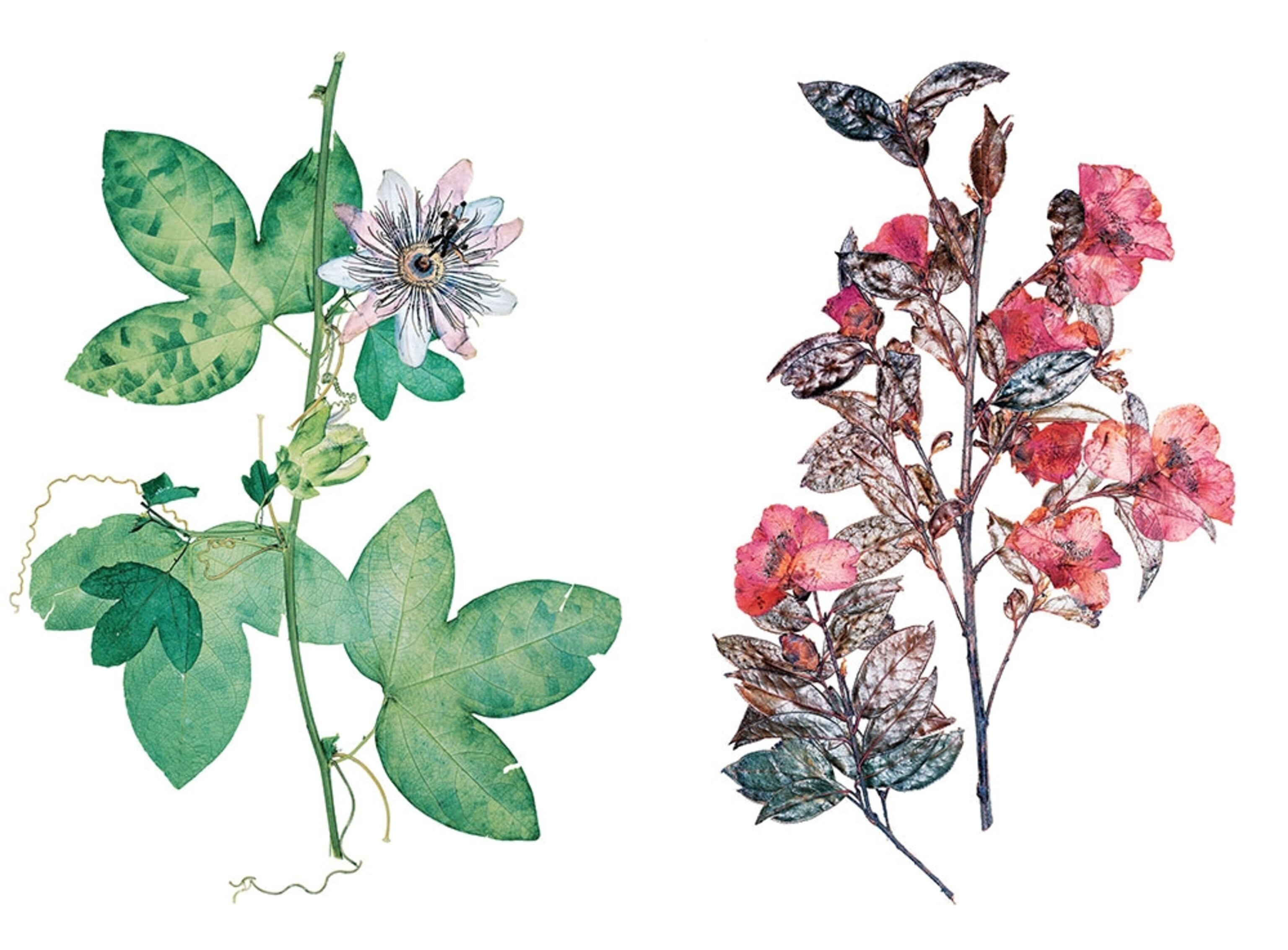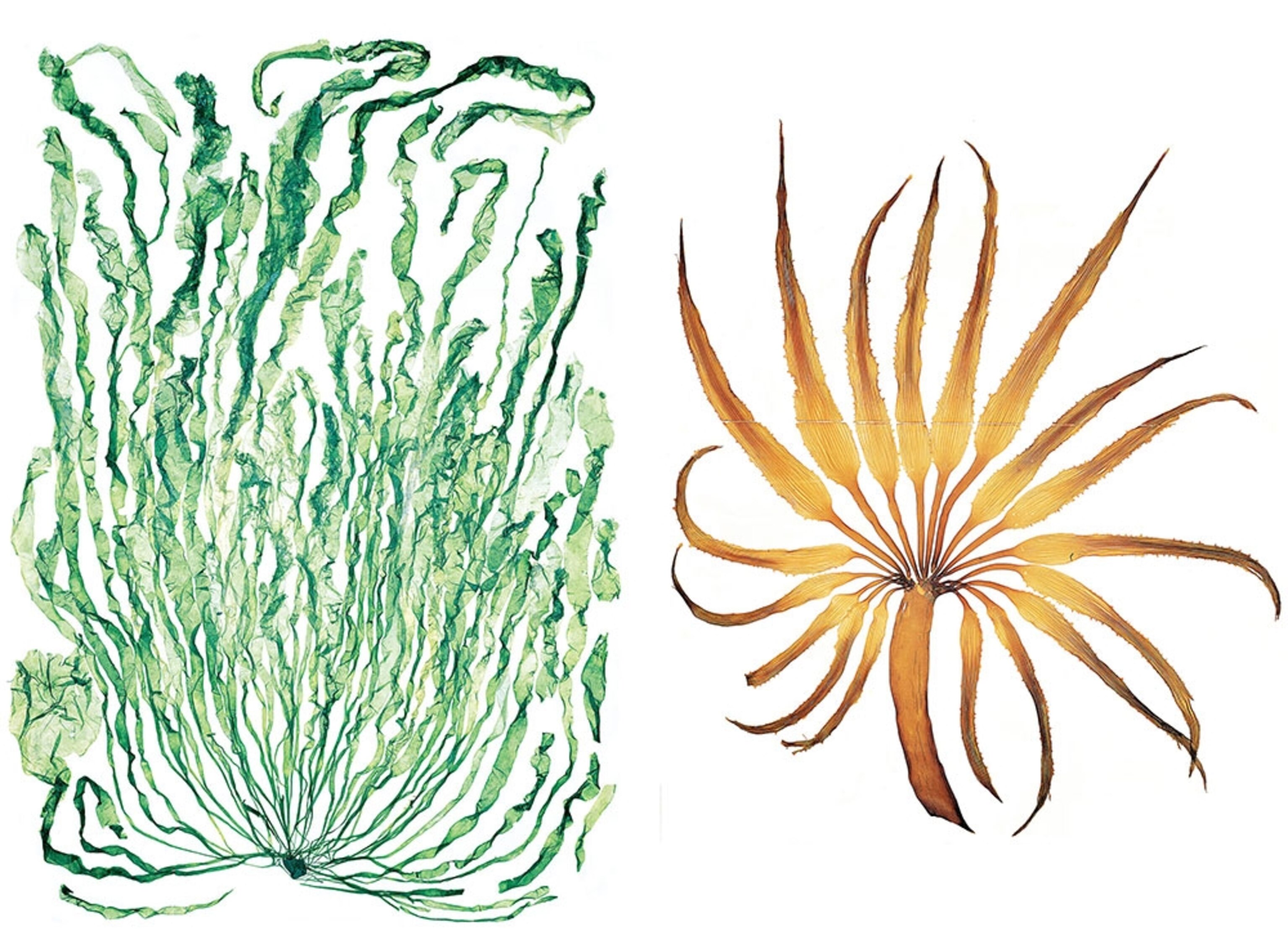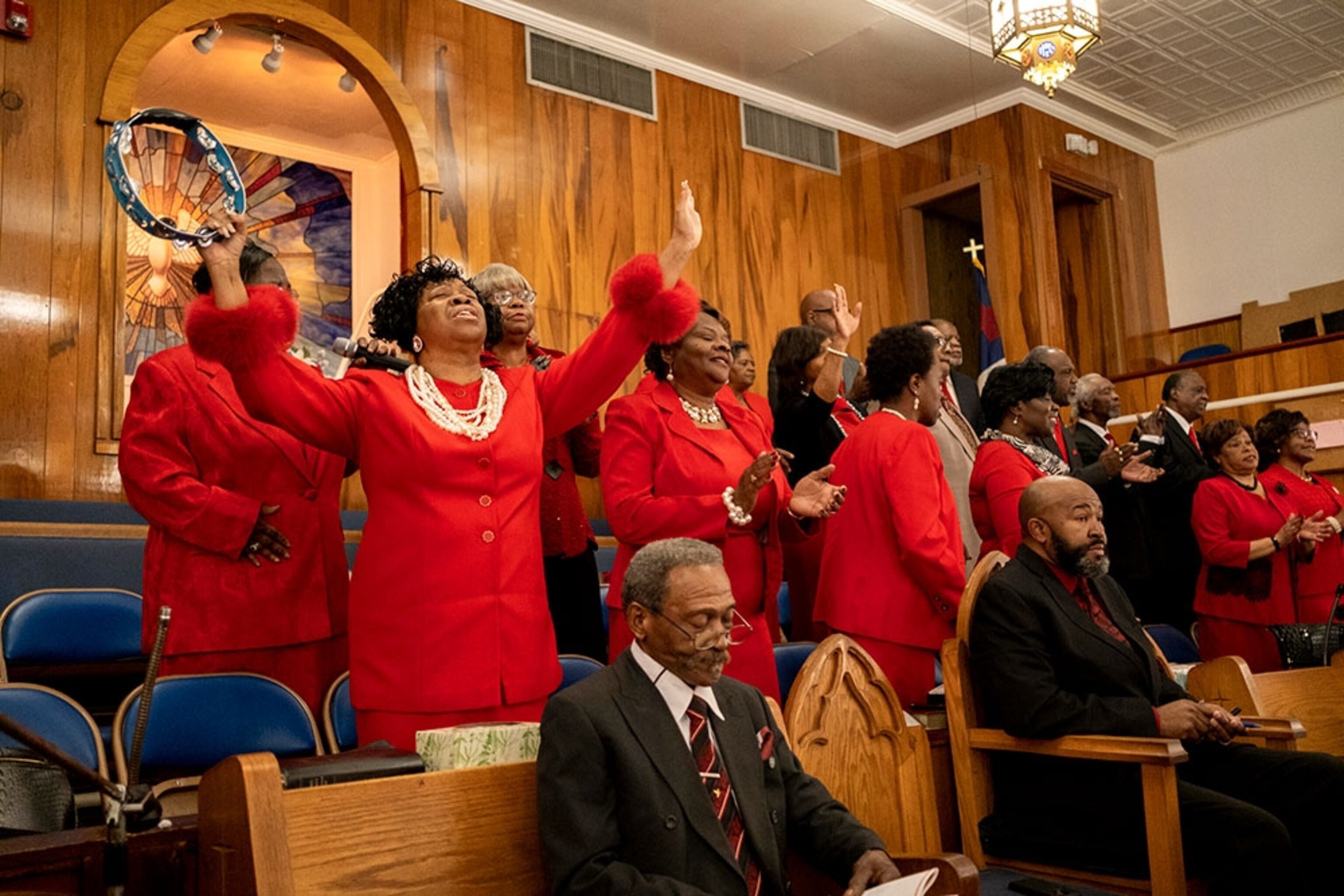This article is an adaptation of our weekly Photography newsletter that was originally sent out on February 5, 2021. Want this in your inbox? Sign up here.
By Whitney Johnson, Director of Visual and Immersive Experiences
“There are few things that make me happier than discovering a new way of seeing the familiar,” Nick Knight, primarily known as a fashion photographer, says in the preface to his book Flora.
From a family of scientists, Knight spent years leafing through one of the world’s biggest plant collections, the herbarium at the Natural History Museum in London. Knight photographed hundreds of specimens in a tiny studio he built in the museum.
The work, which we’re featuring in this month’s National Geographic magazine, has a special resonance for Elena Sheveiko, a longtime staffer in our photography department. “I am a gardener,” Elena tells me. “Flowers are my passion. Years ago, (the then Nat Geo) director of photography gave me a present, a book. Flora by Nick Knight lived on my coffee table for more than a decade.”
Elena says the photographs “became like family portraits to me.”
Nick said creating the images helped him see “in a way I could not have imagined. It is a very liberating feeling and one that makes me feel very optimistic.” (Pictured at top, a climbing lily collected in England in 1954, evidence of the lasting beauty of well-preserved plants.)
Above left: Passionflower vines have long been prized species in gardens with a temperate climate. This specimen was cultivated in New York in 1972. Right: A camellia grown in England in 1979.
Above left: Sea lettuce from the Isle of Man in 1895. At right: This sea palm, a species of kelp, was collected in California in 1900.
Above left: Collected in 1905, this sacred blue lily was preserved with its leaf, stem, and bloom artfully composed. Right: Preserved spines and all, this cactus was collected in Mexico in 1948.
In 1982, naturalists brought to England samples of the Brownea rosa-del-monte, a tree in the Panama rainforest. Parts of the plant are said to be used for medicinal purposes.
Do you get this daily? If not, sign up here or forward to a friend.
TODAY IN A MINUTE
Finding Susan B. Anthony: A just-discovered attic in a newly bought house in western New York has yielded art treasures, including this 115-year-old portrait of the women’s rights leader. Photographer James Hale took the image in 1905, a year before Anthony’s death, CNN reports. Also found: mail and other documents with Hale’s name on it and pieces of the original glass plate negative used to print the photo.
Picturing Amanda Gorman: For this week’s Time cover of the 22-year-old inaugural poet, conceptual artist Awol Erizku was seeking to capture a “very timely arrival portrait.” “I was interested in allowing her to own the space that she’s in right now,” Erizku says. “We were going for timelessness, something that felt classical” and tied in to the “resurgence of a Black renaissance.” See the cover here.
Arrested: A veteran photographer documenting a nonviolent protest outside a controversial U.K. detention center for about 400 people seeking asylum. Authorities also took Andy Aicheson’s mobile phone and seized his memory card. The Independent reported more than 100 COVID-19 cases at the center in the past two weeks, prompting the criticism of government health efforts. Said Aicheson, freed after five hours: “It feels like a light has been shone on them and they’ve got the sledgehammer out.”
Targeting Americans: It was one of the longest continuous surveillance campaigns conducted against U.S citizens by their own government. For more than four decades, authorities in Puerto Rico and the FBI created files on residents suspected of supporting independence for the U.S. commonwealth. In 1987, Puerto Rico was forced to hand over the files to those who were spied upon, and it eventually created an incomplete archive, containing of unclaimed files. However, “there was no process of collective remembering, just of individual remembering,” says Christopher Gregory-Rivera, whose exhibition of the files and photographs is at the Abrons Arts Center in New York. The photographer (and Nat Geo contributor) tells BuzzFeed News: “The problem with surveillance is not the information that is collected; it is the chilling effect knowing you are being watched.”
INSTAGRAM OF THE DAY
Photo challenge: What does community pride look like? Photographer Elias Williams, who took this joyful image at the venerable Union Missionary Baptist Church in Mobile, Alabama, has asked readers to post Instagram photos with the hashtag #NatGeoCommunityPride. Elias is curating those entries and featuring his favorites on our Your Shot account on Instagram. “When I think of community I think of the nurturing of cultural traditions and a willingness to extend resources that empower others,” Elias says. “When you have pride in your community these qualities become an extension of your everyday life from the way you speak, dress, and think.”
THE BIG TAKEAWAY
Can’t go back: Human rights groups say that more than 1,300 LGBT people have been murdered in Latin America since 2014. Kataleya Nativi Baca, pictured at center above in a rare light-hearted moment, can see the United States from just over the border in Mexico. Seeking U.S. political asylum, the transgender Honduran tells Nat Geo that if she’s sent back home, she’ll end up in a coffin. Photographer and Nat Geo Explorer Danielle Villasana has been covering the stories of Honduran migrants like Kataleya and Alexa Smith (pictured below in a stream in Tapachula, on the border with Guatemala).
Danielle’s work has been funded in part by the National Geographic Society’s COVID-19 Emergency Fund for Journalists. If you would like to support storytelling like this, learn more here.
DID A FRIEND FORWARD THIS TO YOU?
We’d like to see you more often! If you’re not a daily subscriber, sign up here to get Debra Adams Simmons on history, Victoria Jaggard on science, George Stone on travel, and Rachael Bale on animal and wildlife news.
THE LAST GLIMPSE
The national sport: Not exactly polo, but the goal of the sport is to get, while on horseback, a “ball” made of a goat or calf carcass to a certain spot. These horsemen are competing in buzkashi, long the national sport of Afghanistan. The ultraconservative Taliban, which ruled from 1996 to 2001, banned the sport as immoral, and as the group surges again in power, buzkashi is being limited, Jason Motlagh reports for Nat Geo.
Not enough photos for you? Catch our latest monthly collection of stunning archival photos.
This newsletter has been curated and edited by David Beard, and Jen Tse selected the photographs. Kimberly Pecoraro and Gretchen Ortega helped produce this, and Amanda Williams-Bryant, Rita Spinks, Alec Egamov, and Jeremy Brandt-Vorel also contributed this week. Have an idea, a link to photo-related news, a suggestion on how to make this newsletter better? We’d love to hear from you at david.beard@natgeo.com. Thanks for reading, and have a good weekend!








